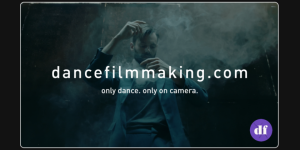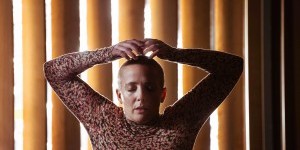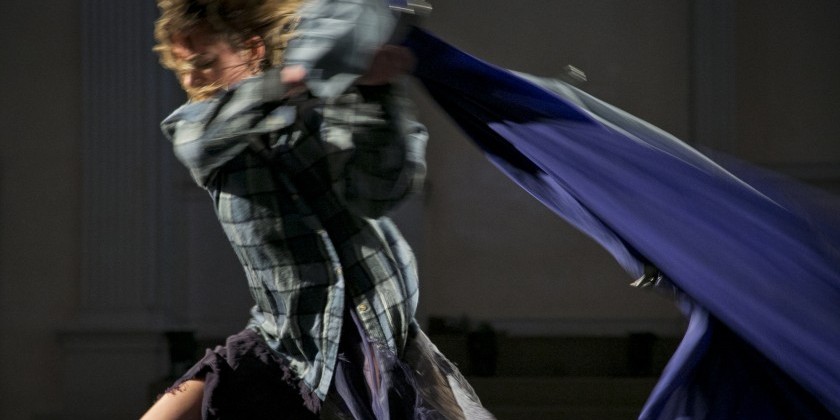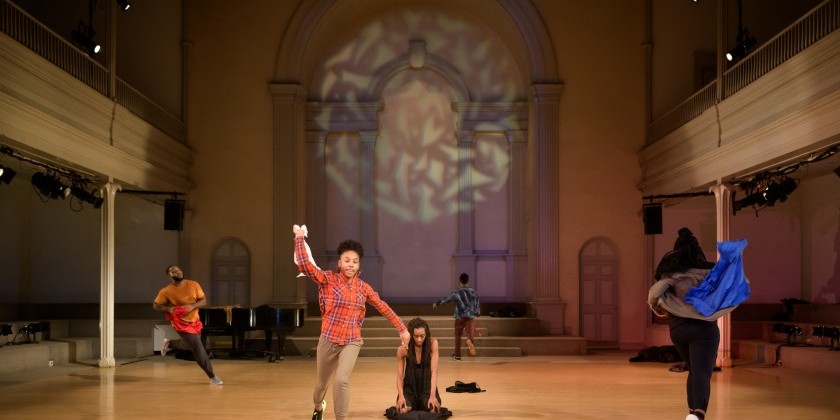Erik Madigan Heck and Elena Vazintaris on "The Enemy"
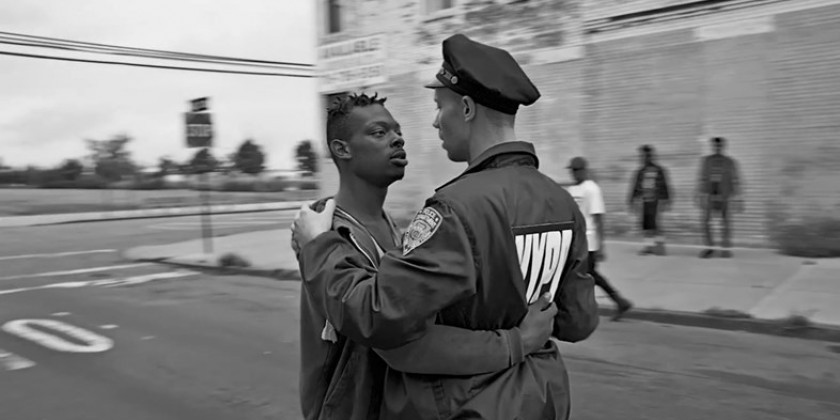
Protesting Police Brutality Through Dance and Film
Photographer and filmmaker Erik Madigan Heck with choreographer Elena Vazintaris embarked on creating a short dance film in Red Hook as a response to the police brutality of this past year. The two artists shared their thoughts with The Dance Enthusiast.
The Dance Enthusiast: How do you see your film contributing to the conversation of police brutality and racial inequality within our country?
Erik Madigan Heck: I think it's important to engage with different forms of communication, especially now when words have seemingly lost meaning and weight. Protesting police brutality and the infringement of our basic civil rights is a duty that we all have, it affects all of us. But, I just felt writing about it wouldn't show people how I feel or show how I feel, like a dance and film could. I think this adds to the conversation, by being both critical, but also acknowledging that it takes accountability on both sides — we're in such a heightened state of affairs, both sides need to proceed cautiously.
TDE: At what moment did you feel you had to make this film? Was the impetus a particular case or death?

TDE: Elena, when did you begin collaborating and how did you work together with Erik to achieve this?
Elena Vazintaris: Erik approached me in August of this year with his idea. We met up to discuss the logistics. It was a quick turn around. We auditioned dancers in one day, solidified a cast, and had one long rehearsal. Then we shot for two days in Red hook. Erik wanted a specific look for the video and was clear in what sort of emotional connection he wanted to see. He had given me some references he pulled from art books, music videos, etc. I was in the middle of reading James Baldwin’s "The Fire Next Time" which was a huge source of inspiration that helped me get into the mental place to choreograph such a charged piece. I brought in Nicole Von Arx to assist me in the process of molding the vocabulary and once in rehearsal it flowed from there.
TDE: You've mentioned in other articles you find this work hopeful. How so?
TDE: How do you see art affecting change?
EV: We made this film because it was our way to protest. Our strongest mediums, dance and film, allow people to connect emotionally and viscerally to very difficult subjects. I am hopeful this film can serve as a statement that adds to the collective political and social consciousness and contributes to the thread of non-violent dialogue. It is a rallying cry to keep this issue and the names of victims in the forefront of peoples minds, forcing us to face these horrific acts and deal with them.




